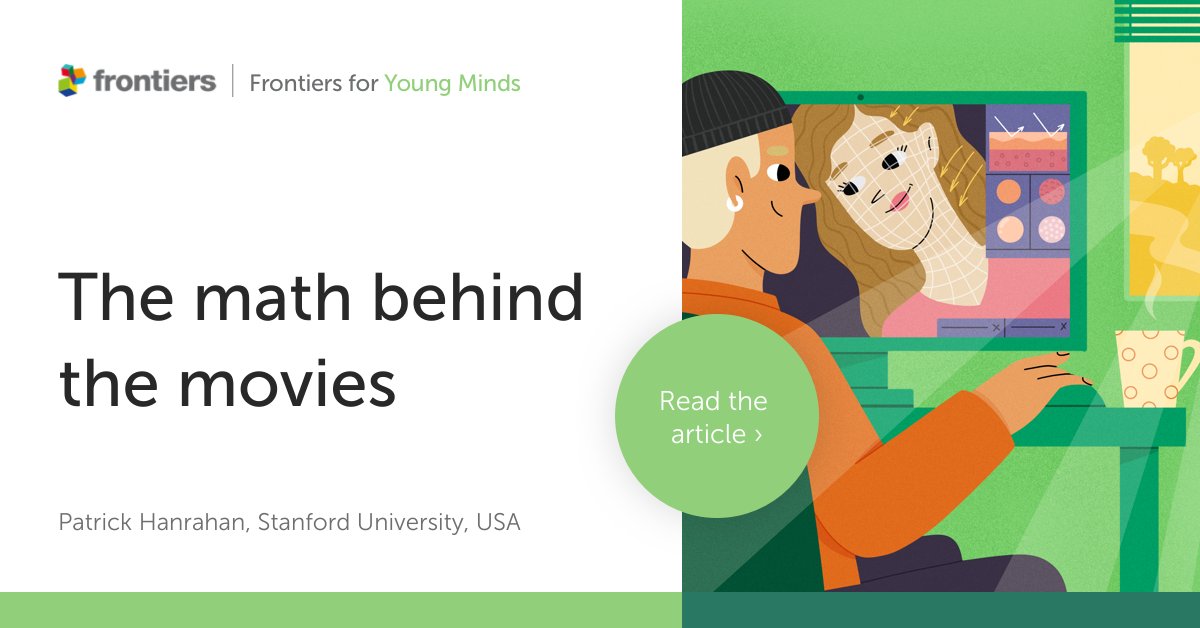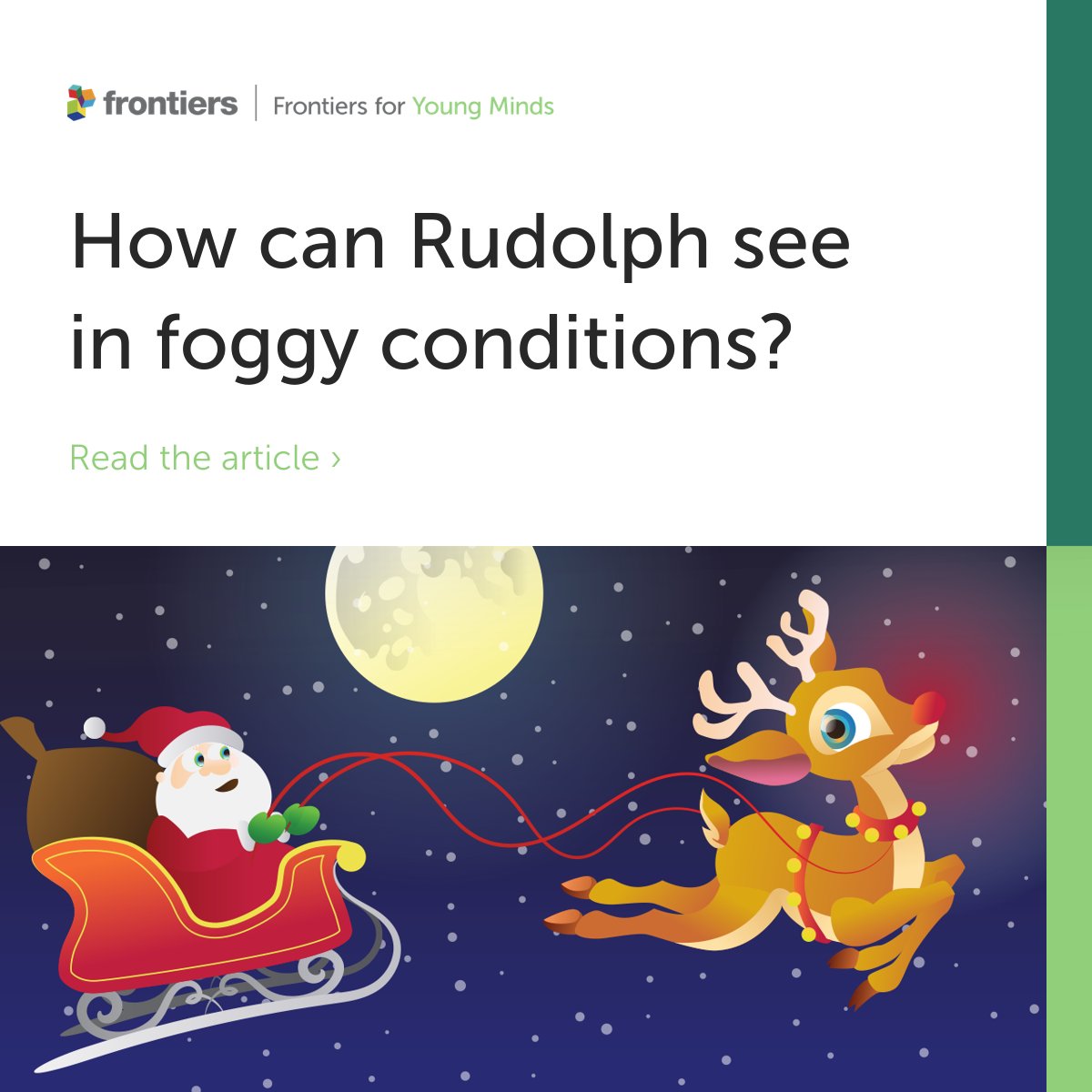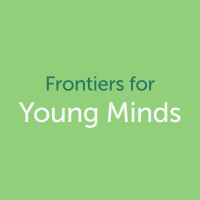
Frontiers for Young Minds
@FrontYoungMinds
Frontiers for Young Minds is a free online scientific journal reviewed by kids!
See our Arabic and Hebrew updates at @FrontYoung_AR and @FrontYoung_IL
ID:2248481442
http://kids.frontiersin.org/ 16-12-2013 09:34:15
2,0K Tweets
12,8K Followers
3,8K Following

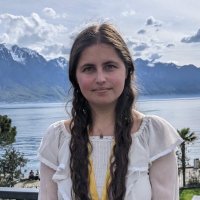
My co-authors Marie-Josee Fortin, Marco Andrello, Marty Krkošek and I were invited by the Frontiers Planet Prize team to turn our award-winning study into Frontiers for Young Minds article for young readers called 'How the Spread of Young Coral Can Help Save Coral Reefs'.
kids.frontiersin.org/articles/10.33…
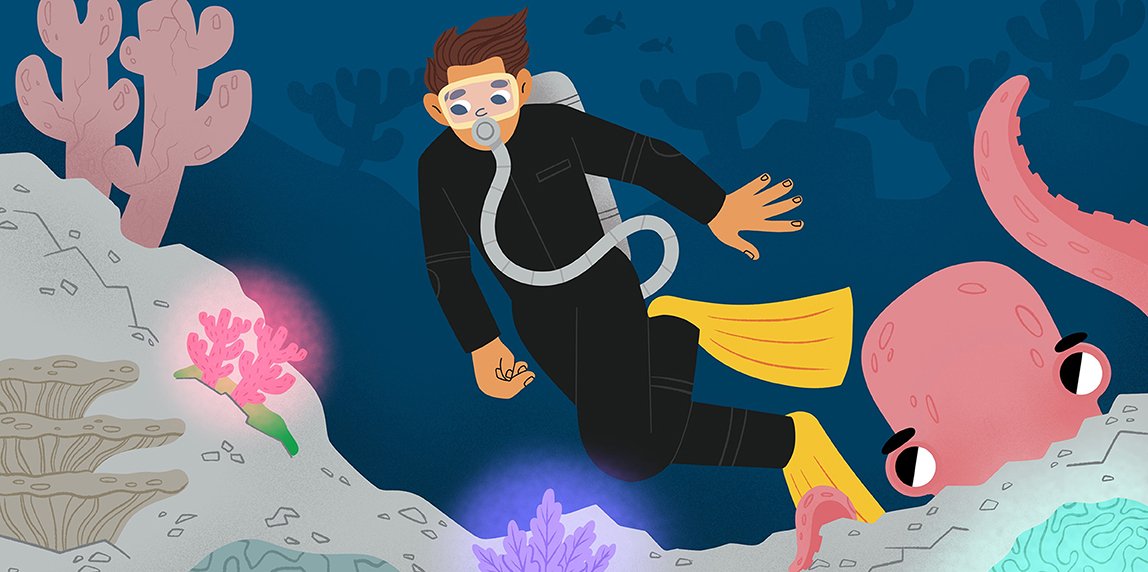

🤖 Tune in today with your classroom at 11AM EST with ExploringByTheSeat to hear all about one of our authors talk about their work. Annie Wong - Deep Sea Robotic Ocean Exploration🐠
exploringbytheseat.com/lesson/deep-se…



Wearable medical devices can transform healthcare by managing diseases such as diabetes or by preventing heart attacks. Could these devices replace doctors one day? And how can you protect your data stored within them?
Read the article ⬇️
Michael Snyder, PhD Ariel Ganz

✅ Inspiring both girls and boys to pursue STEM careers
Laura Henderson of Frontiers for Young Minds talks about how involving young people in the scientific peer review process can help make research more accessible to all 🙌
#WomenInScienceDay Laura Henderson 🇺🇦

Receptors are small sensing structures present on cell membranes. By studying how they respond to hot chili peppers 🌶️ The Nobel Prize winner David Julius hopes we can help develop better drugs for pain treatment.
Read more ⬇️
#NobelPrize UC San Francisco National Academy of Sciences

Grid cells are a specific type of neuron that is essential for the brain’s 🧠 navigation system. The Nobel Prize winner Edvard Moser describes exciting new advances since he discovered grid cells and how this could help us understand the brain and how cognition works.
Read more ⬇️

Our immune system keeps us healthy by protecting us from infections. The Nobel Prize winner Peter Doherty explains the clever way killer T-cells identify and kill viruses 🧫, and how this could develop new treatments for autoimmune diseases and cancer ⚕️.
Read more ⬇️
#NobelPrize

Math helps us improve society. The Nobel Prize winner Eric Maskin explains mechanism design theory, a branch of economics that can shape economies to reach social goals such as reducing pollution 🏭 and establishing fair voting systems.
Read more ⬇️
#NobelPrize Santa Fe Institute

Game theory uses logic to understand how decisions should be made, specifically in situations where people might disagree. The Nobel Prize winner Robert Aumann explains how this can be used in real-life situations, from peacemaking to sharing donuts 🍩.
Read more ⬇️
#NobelPrize

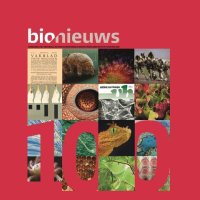


The switch from traditional, reactive healthcare to a more proactive approach is one of the most exciting changes that precision medicine will bring about. Can doctors and patients embrace this method to help people live longer?
Read the article ⬇️
Michael Snyder, PhD Ariel Ganz

What if artificial intelligence could make healthcare more efficient? AI could unlock secrets to keep people healthy by diagnosing and treating patients and even scheduling medical appointments.
Read the article ⬇️
#AI #ArtificialIntelligence
Jane Metcalfe


